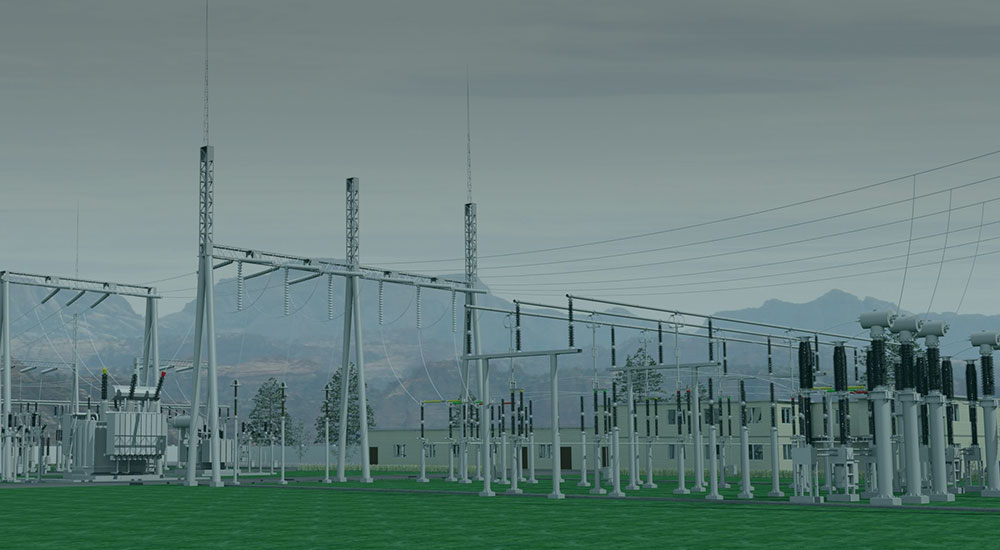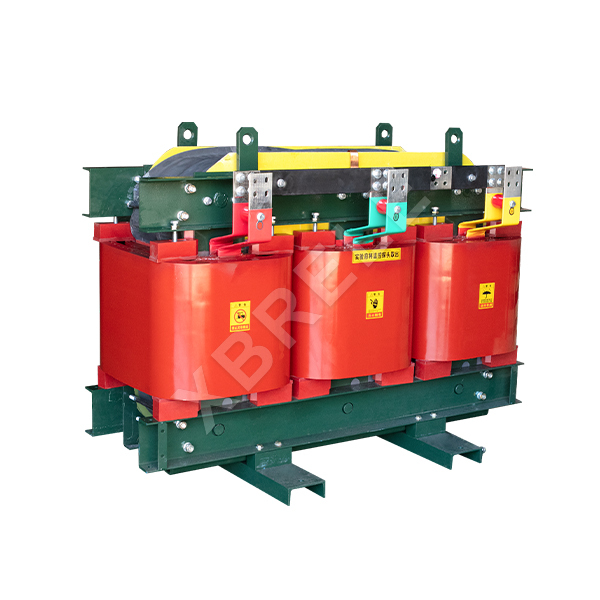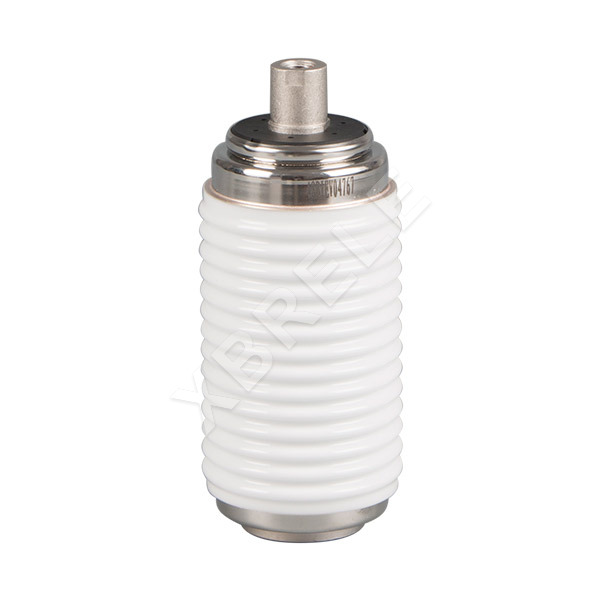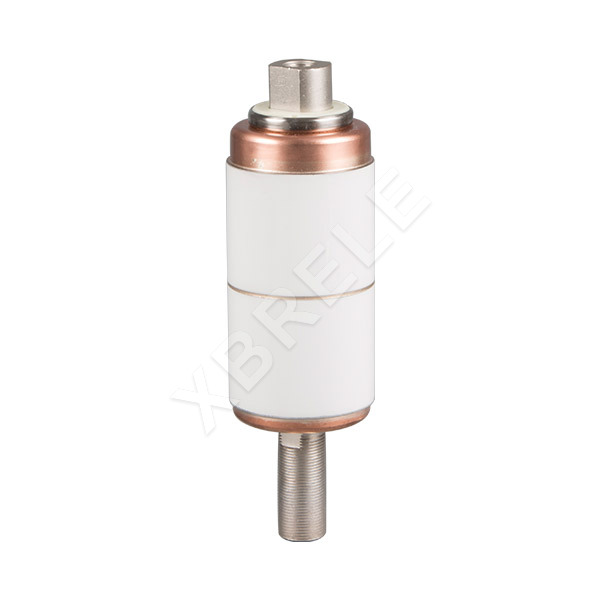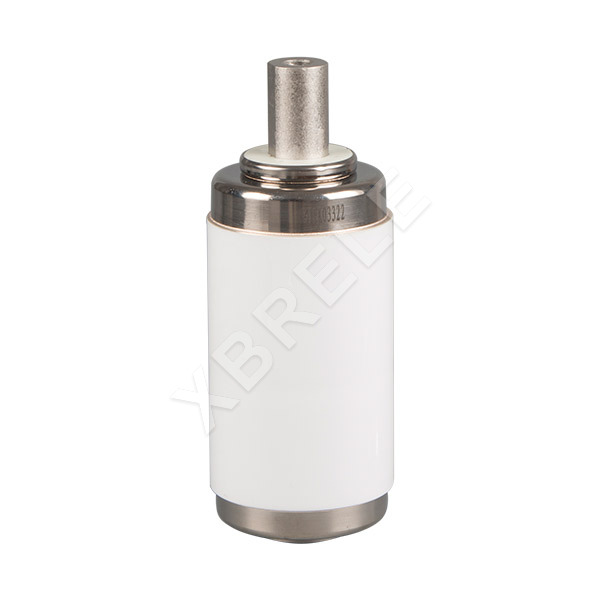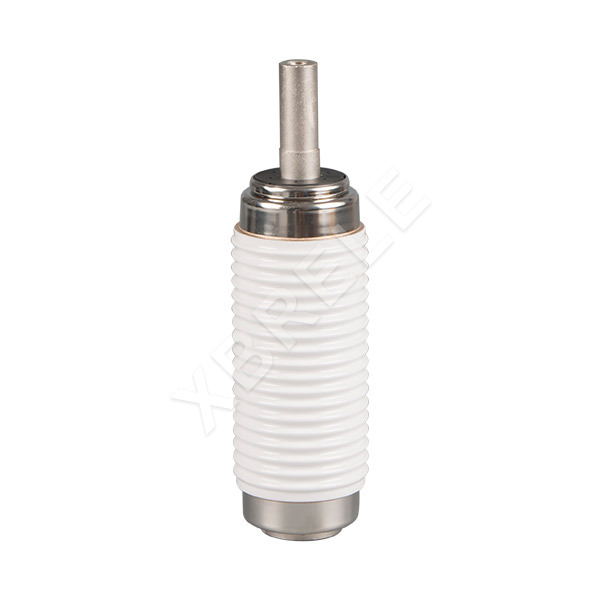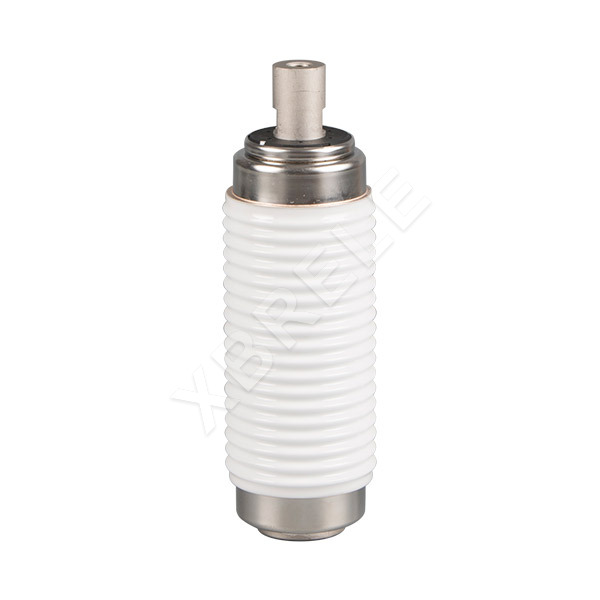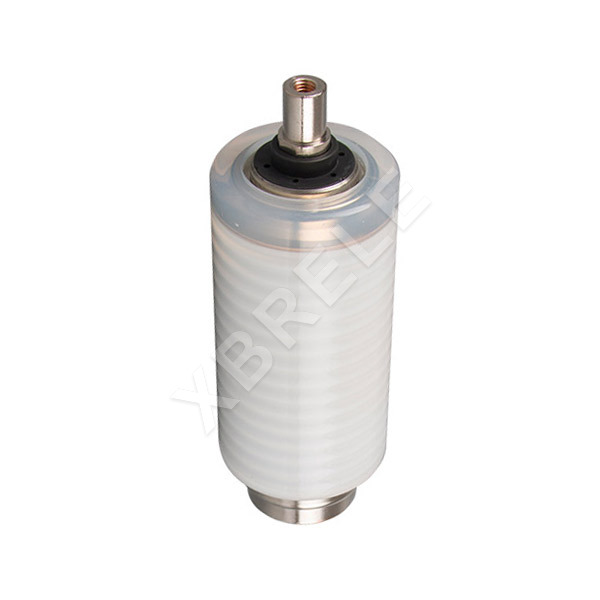> Product Brief
This transformer can replace the transformer of silicon steel sheet core and is widely used in indoor power distribution system. The large-scale operation of this product can achieve good energy-saving effect and reduce pollution to the atmosphere. This product is especially suitable for insufficient electrical energy and load fluctuations in and difficult to carry and insulating medium from atmospheric pollution. This allows it to operate in humid environments. It is an ideal power distribution equipment in the vast distribution network of urban and rural areas.
> Model Meaning
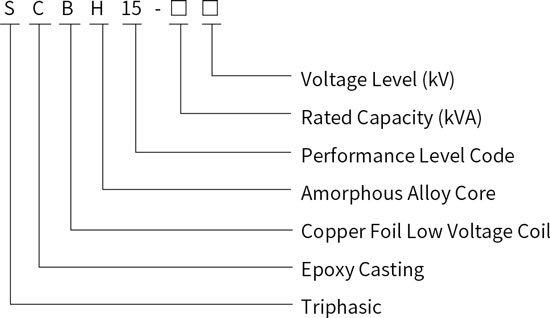
> Implementation Standards
◇ GB1094.1~2-2013 power transformer
◇ GB1094.3-2003 GB/T1094.4-2005 GB1094.5-2008 Power transformer
◇ GB3111-1997 High voltage power transmission and transformation equipment insulation cooperation
◇ GB/T 22072 Technical parameters and requirements of dry-type amorphous iron core distribution transformer
◇ International standard IEC76
> Structural Features
◇ The transformer core is rolled with amorphous alloy strip, and the no-load loss is reduced by about 75% compared with SCB10 transformer.
◇ Low voltage adopts copper foil coil to improve the ability of transformer to withstand short circuit.
◇ The transformer connection group adopts Dyn11 to reduce the impact of harmonics on the power grid and improve the quality of power supply.
◇ The use of vacuum pouring can completely eliminate air bubbles in the coil and ensure stable insulation performance.
> Conditions of Use
◇ The altitude does not exceed 1000 meters.
◇ The ambient medium temperature is not higher than +40°C: the highest monthly average temperature is +30°C; Maximum annual average temperature +20°C, minimum temperature: -25°C.
◇ For indoor use.
◇ Transformers operating under special conditions can be provided according to the requirements of users.
> Main Technical Parameters
Table 130kVA~2500kVA dry-type amorphous alloy iron core distribution transformer
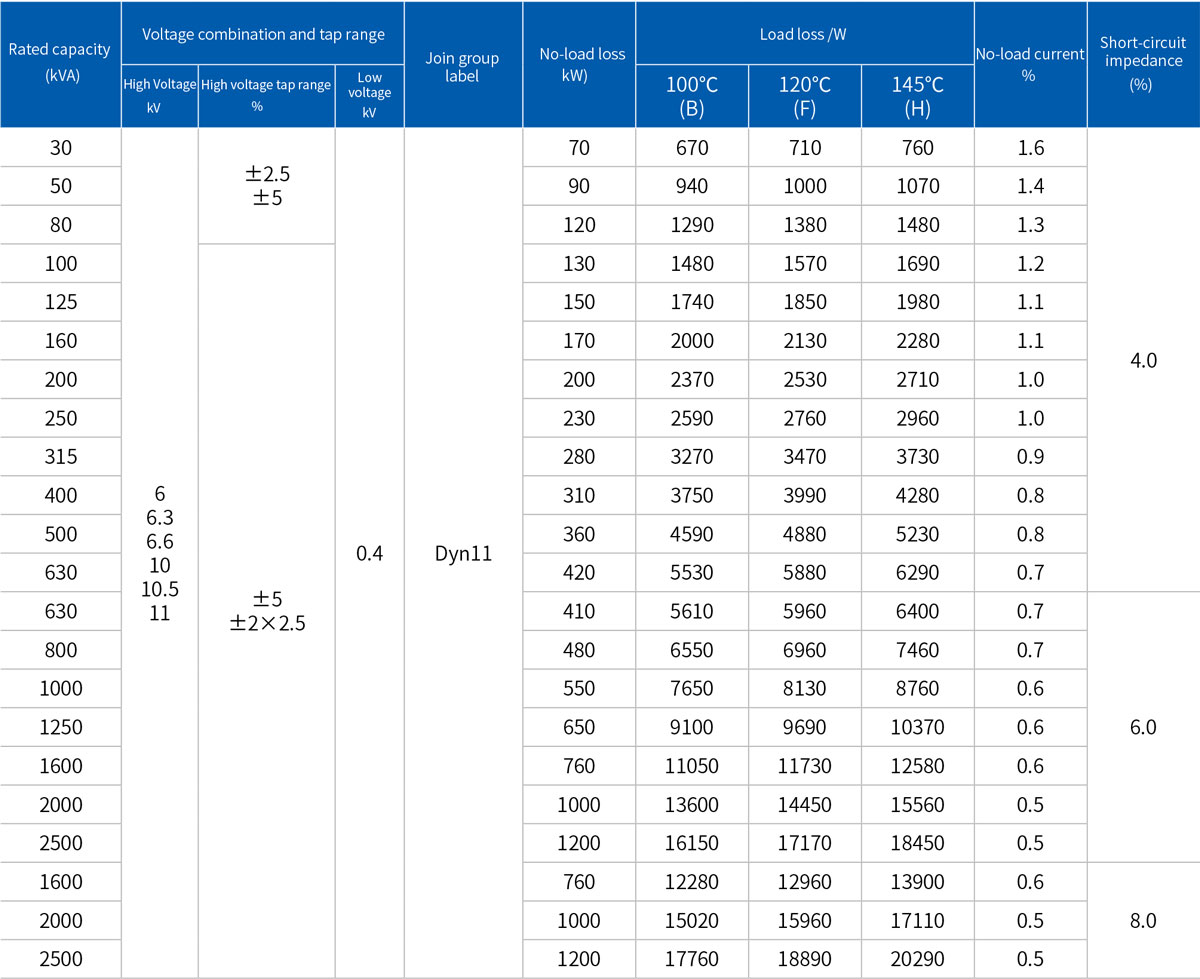
Note 1: The load losses listed in the table are the values under the reference temperature corresponding to the insulation heat resistance level in parentheses (see the provisions of GB1094.11).
Note 2: When other coupling group designators are used, the specific requirements shall be determined by the manufacturer and the user through consultation.


